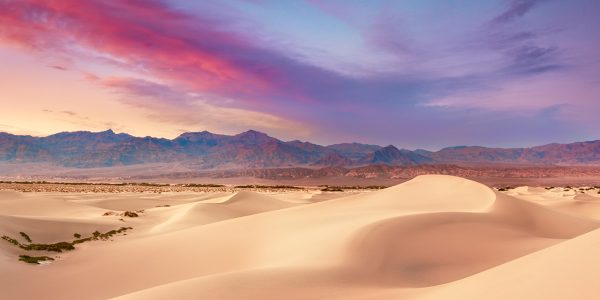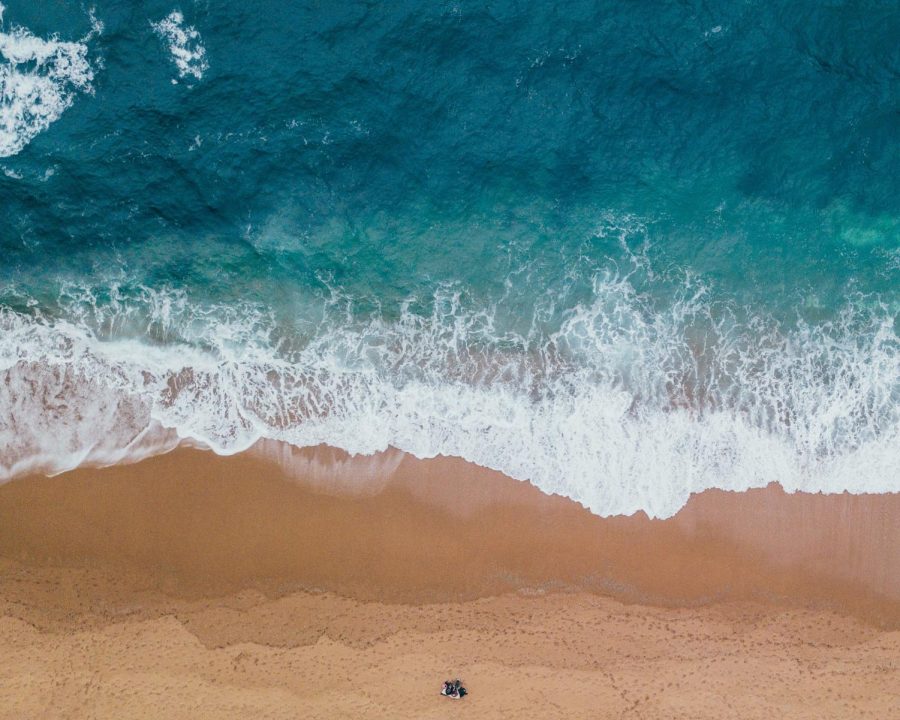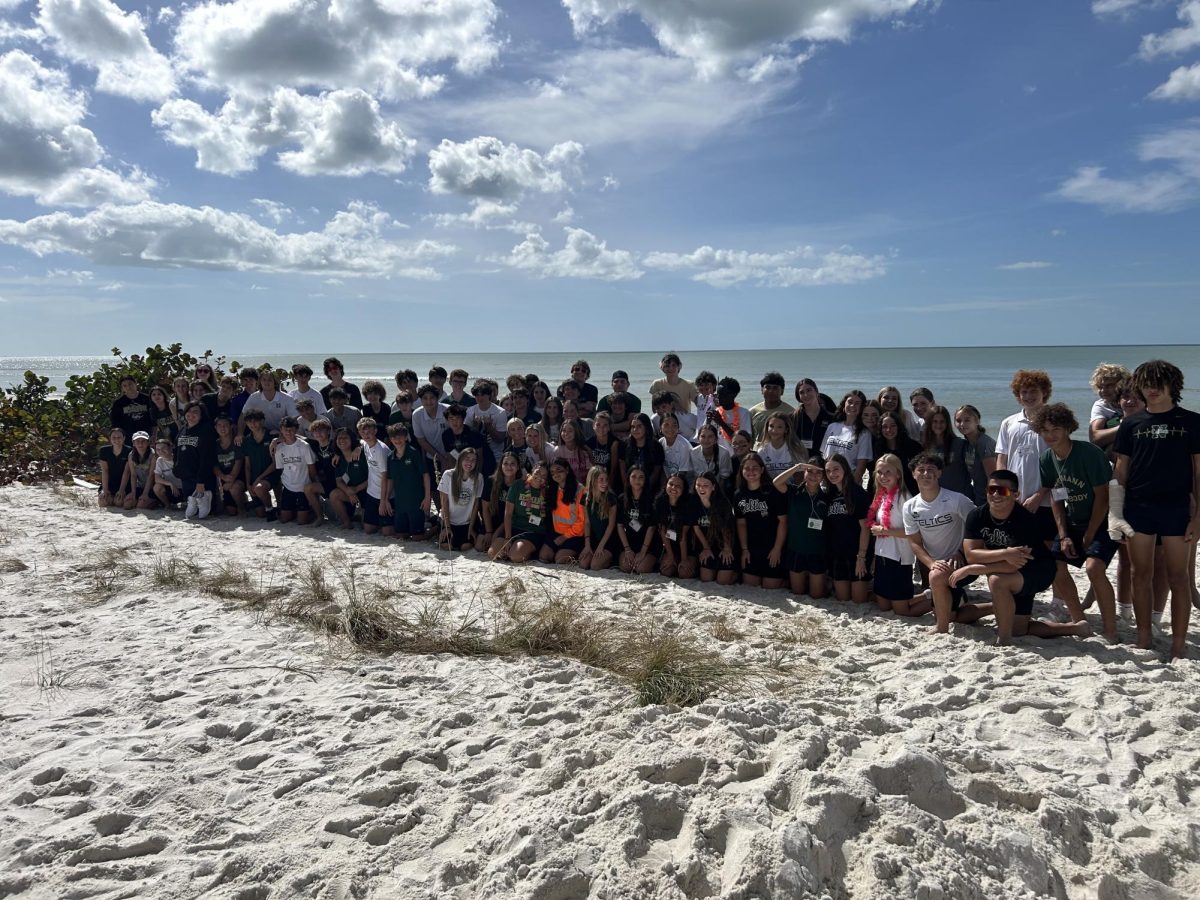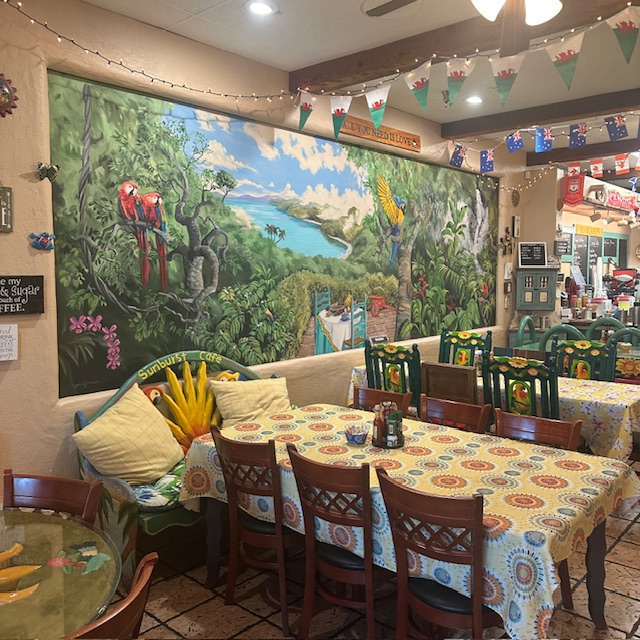Death Valley National Park is the largest national park in the contiguous United States, and occupies the border between California and Nevada. It is the hottest, driest, and lowest national park in the United States. Miles of huge sand dunes occupy the park, as well as canyons, wildlife, and more.
Less than one percent of Death Valley is covered in sand dunes, but usually when the iconic national park is mentioned, those dunes are what comes to mind. They were created by the erosion of canyons, wind, and a barrier of mountains. The Mesquite Flat Dunes are the easiest to access, and most well-known. Mesquite trees populate the area, creating stable habitats for wildlife. The hike is a three-mile trail out and back, and a popular spot for people exploring Death Valley.
Death Valley is home to many species of wildlife. The animals that occupy the park have evolved to drink less water over time due to the desert climate. Bighorn sheep, one of the mammals that call Death Valley home, are able to go several days without water and can potentially lose up to a third of their body weight due to dehydration. The heat is also a challenge that animals have adapted to. The desert tortoise avoids the heat by burrowing underground, due to not being able to regulate its own body temperature.
Death Valley is one the most diverse and unique of the multitude of national parks. Badwater Basin sits at 282 feet below sea level, making it the lowest spot in the United States. In contrast, Telescope Peak also occupies Death Valley reaching a height of 11,043 feet. With a multitude of wildlife occupying the park, and diverse landscapes, Death Valley is one of the most interesting national parks to visit.
 Death Valley, Google Images
Death Valley, Google Images
































